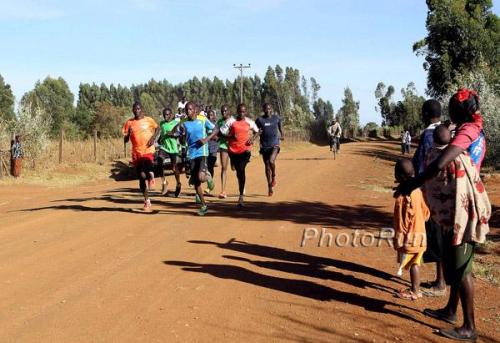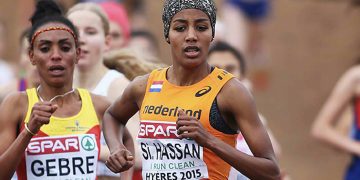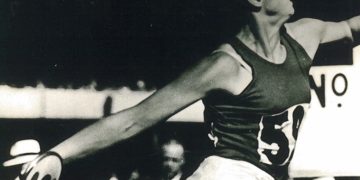 Training in Kenya, photo by PhotoRun.net
Training in Kenya, photo by PhotoRun.net
Justin Lagat wrote this piece about what Nairobi Marathon needs to do to be considered for an IAAF Label event.
My thoughts on the Standard Chartered Nairobi Marathon, happening this weekend on 26th November 2017, and why it ought to be an IAAF label road race, by Justin Lagat
To qualify to be an IAAF label race, there are some standards to be met. The Nairobi marathon so far meets most of them, from road closures, to a well measured and certified course, to a good quality road surface, to the availability of medical services, to the use of timing chips, among others.
However, it still lags behind in the recognition and enlisting of elite athletes, which seems to come foremost as part of the rules to be observed by the IAAF while awarding race labels. The races should have elite athletes from at least five different nationalities in the men’s as well as the women’s fields. The only way to get these fields is to offer appearance money, or other incentives to attract more international runners.
Fielding a competitive elite field with runners from different countries will attract more media coverage of the event internationally and will even in itself help the race automatically meet the other requirement of being covered live in more than five countries. Not only will this huge coverage help the race get more sponsors, but it will help the local upcoming runners get the chance to compete against world recognized athletes and stand a better chance of being seen as big champions in the event that thy emerge on the podium. Upcoming runners always want to weigh themselves against the world’s best and Nairobi Marathon should be offering the platform for them by inviting the top elite runners.
For a marathon to be internationally recognized and awarded a label, it definitely should be focused more on the runners. For the many years, I have been to the Nairobi marathon, the only refreshments that have been available on the course has been pure water. No electrolytes, gels, bananas and oranges, among others that I have seen in some other big races. IAAF requires that, “Drinking/Sponging and Refreshment stations adequately staffed by competent personnel shall be available on the course in accordance with IAAF Rule 240.8.”
Another rule that at times bring concern in some of the Kenyan road races and which the Nairobi Marathon should take note in order to attract more elite runners is the timely payment of prize money and travel reimbursements to elite runners. The IAAF rule states, “organizers shall pay all sums due to the contracted athletes for reimbursement of expenses and appearance fees and any prize monies and bonus awards within the period of time specified within the contract which is normally 60 days after the receipt of doping control results conducted at the race. Suitable accommodation, meals and transportation shall be provided for the athletes. As a general rule all travel expenses shall be paid upon the athlete’s arrival at the race venue and no later than the day before the athlete’s departure from the race venue.”
If all these requirements and incentives are met for the top runners, I believe it will reach a time when the national trials for the World Half Marathon championships, and even the marathon, will be done here. After all, we do the national trials for the Olympics and world track and world cross country championships within the country. Why won’t we do the national trials for the world half marathon championships too in Kenya?
Author

Since 2013, Justin Lagat has written for RunBlogRun. His weekly column is called A view from Kenya. Justin writes about the world of Kenyan athletics on a weekly basis and during championships, provides us additional insights into the sport.
View all posts




















